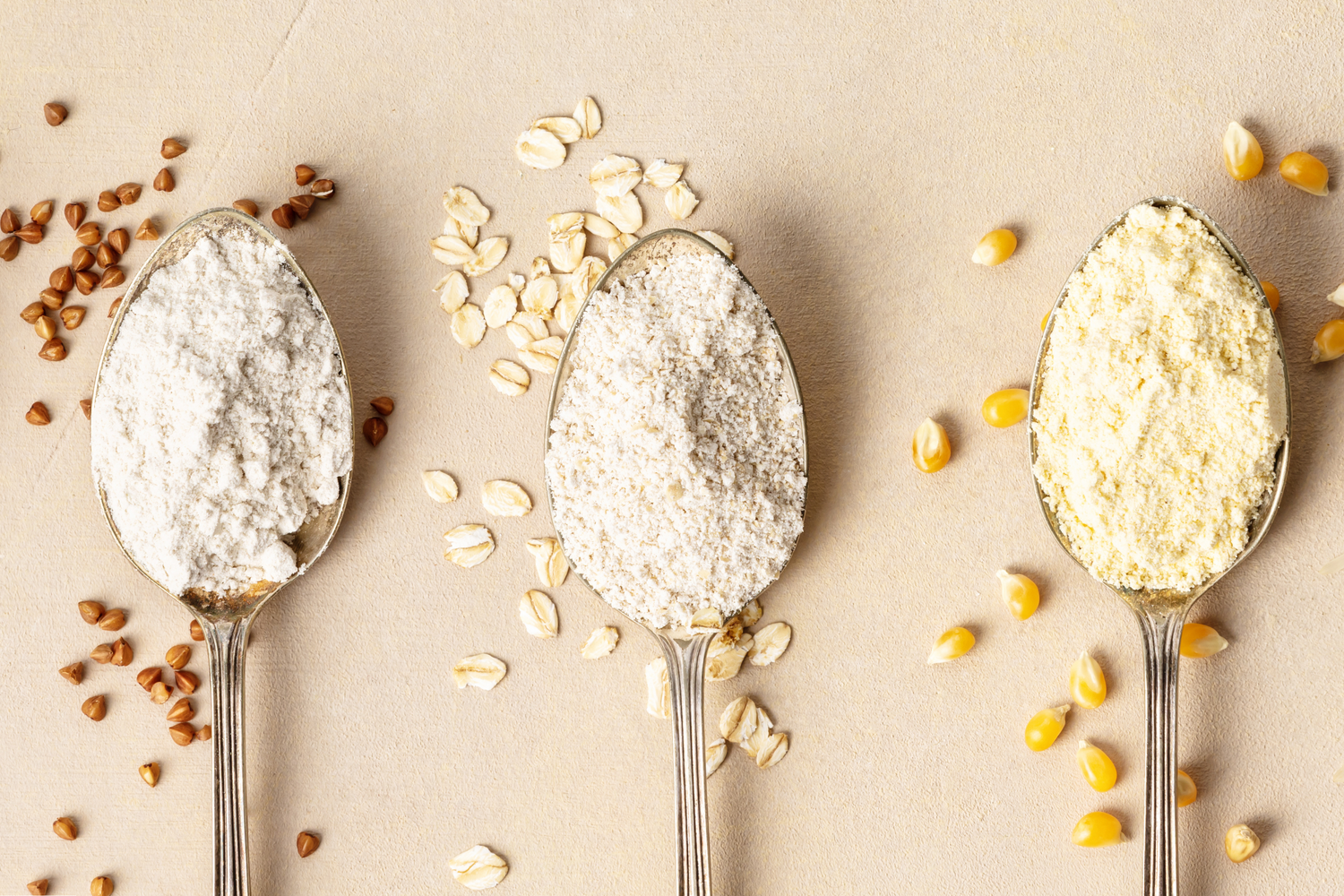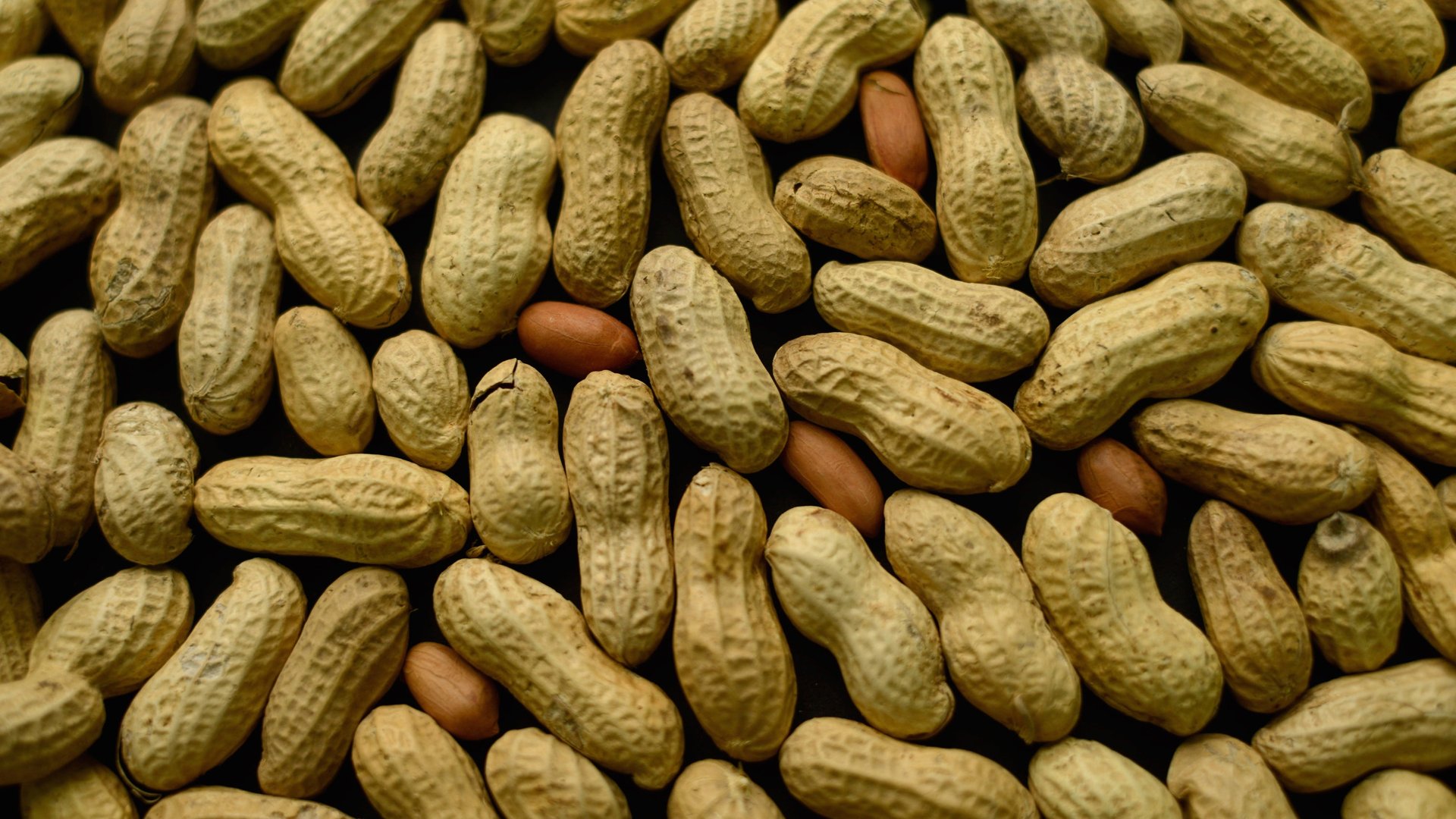Gluten is a composite of storage proteins termed prolamins and glutelins, which are found naturally in wheat and related grains, such as barley and rye. This protein mixture is responsible for giving dough its elasticity and bread its chewy texture, bridging science and culinary arts. Without gluten, many of the baked goods we enjoy might lack their characteristic structure and appeal.
The Composition of Gluten
Gluten is primarily composed of two main types of proteins: glutenin and gliadin. Glutenin contributes to the elasticity of dough, which is essential for holding gases during fermentation, leading to a proper rise in bread. On the other hand, gliadin provides extensibility, allowing the dough to stretch and expand. The intricate balance and interaction of these proteins result in the unique properties of gluten. It is this symbiosis that transforms simple ingredients into a myriad of textures and forms.
Where is Gluten Found?
Gluten isn’t just in bread and pasta; it’s a common ingredient in a wide array of food items. You’ll encounter it in breakfast cereals, pastries, and numerous pre-packaged meals. What’s more, gluten’s utility isn’t limited to the culinary world. It shows up in surprising non-food items such as makeup, hair care products, and pharmaceuticals, frequently serving as a binding agent or an inert filler.
For those active in international culinary arenas, it’s crucial to understand that gluten can also appear under different forms and names. Ingredients like “hydrolyzed wheat protein” or “malt” might not explicitly mention gluten but are derivatives of gluten-containing grains.
Gluten’s Function in Gastronomic Applications
In baking, gluten is revered as the backbone of dough making. Its unique structure allows bakers to knead dough, developing strong gluten networks that trap carbon dioxide during fermentation. This results in airy, light loaves of bread. In pastries and cakes, a carefully controlled balance of gluten development is key for achieving the desired texture.
Chefs and restaurant owners need to be skilled in handling gluten’s characteristics to produce exceptional dishes. Knowing precisely when to encourage gluten development and when to prevent its formation is a refined culinary talent, crucial for preparing a wide range of items, from delicate baked goods to hearty loaves.
Health Consequences and Nutritional Aspects
While gluten offers advantages in cooking, it can pose issues for specific individuals. People diagnosed with celiac disease, an autoimmune condition, suffer a strong adverse response to gluten, which harms their small intestine. Additionally, some individuals experience non-celiac gluten sensitivity, manifesting symptoms without the intestinal damage characteristic of celiac disease.
Gluten sensitivity has spurred a significant increase in the array of gluten-free items, serving both health requirements and personal preferences. The worldwide market for gluten-free edibles has seen substantial growth, with forecasts indicating it will hit $7.6 billion by 2027, as per market analyses. This trend has prompted chefs and gastronomic professionals to devise novel gluten-free options that cater to both dietary limitations and palatability.
Discovering Gluten-Free Options
Innovations in food science have heralded new gluten-free alternatives. Flours from rice, almonds, and chickpeas are popular substitutes that allow for culinary diversity without compromising health. Ancient grains such as quinoa and teff are also praised for being gluten-free, rich in nutrients, and versatile in recipes.
For those embracing a gluten-free lifestyle, there’s no need to compromise on delicious food. Specialized eateries and bakeries are now delving into these options, respecting both established practices and novel approaches, offering items that connect dietary requirements with culinary pleasure.
Reflecting on gluten’s dual role as both a celebrated ingredient and a dietary challenge invites a richer understanding of its place in both science and society. This intricate protein, fundamental in bread-making and culinary craftsmanship, also fuels a dynamic dialogue about dietary health and innovation.




